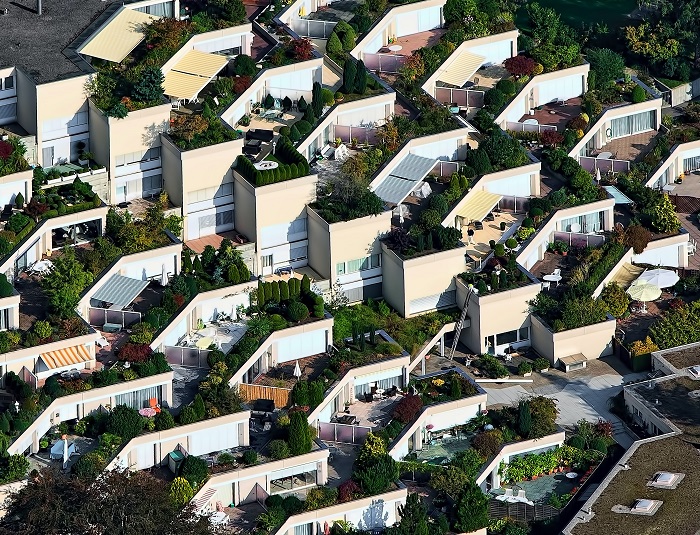Examining the Evolving Landscape of Residential Real Estate in Portugal
08 September, 2023
By Antonio Braz, Managing Director, Gesvalt (Portugal)

Portugal is currently enjoying a period of economic stability, creating a strong positive impact on the country’s residential sector. This upward trend in the housing market is strengthening forecasts and fostering growing investment momentum. Like Spain, the residential segment is one of the most trusted in Portugal, which leads us to examine why there is such a positive outlook on Portuguese residential home prices.
One of the primary reasons for the positive outlook is Portugal’s capacity for tourism. Considered one of the most attractive holiday destinations in Europe, following the recovery of the tourism industry after the Covid-19 pandemic, there is now an increasing demand for short-stay housing. In fact, the 2023 Wealth Report published by Knight Frank placed the Algarve area and the city of Porto among the top ten luxury residential destinations in the world.
According to INE figures, in the first quarter of 2023, a total of 5,919 licences were issued for new construction or the refurbishment of residential buildings. These figures represent a drop of 13.2% compared to the same period in 2022, although the number of new build homes granted licenses continues its upward trend against the same period last year. A 4.5% increase sees the number sit at some 11,063 units.
Meanwhile, in order to conduct an analysis of the Portuguese real estate market, it is important to have an understanding of the financing used to purchase property. The total loan amounts granted by financial institutions in Portugal for new housing totals 5.802 billion euros, representing 5.9% growth on the same period in the previous year. On the other hand, as in the rest of Europe, the implicit interest rates on mortgage loans increased once again to 3.11% in April 2023.
On the other hand, property valuations are also quite telling. The median appraisal value of residential real estate for mortgage purposes has continued to rise, growing by some 10%. We perceive some 10.6% of this growth comes from flats and apartments, while around 5% is owing to single-family and detached homes.
We can observe many similarities between Portugal and its neighbouring nation, Spain. Despite the economic circumstances in Europe, the raw materials crisis resulting from the war in Ukraine and the Portuguese population’s loss of purchasing power, the real estate sector, particularly the residential segment, appears to be resisting downward pressure.

